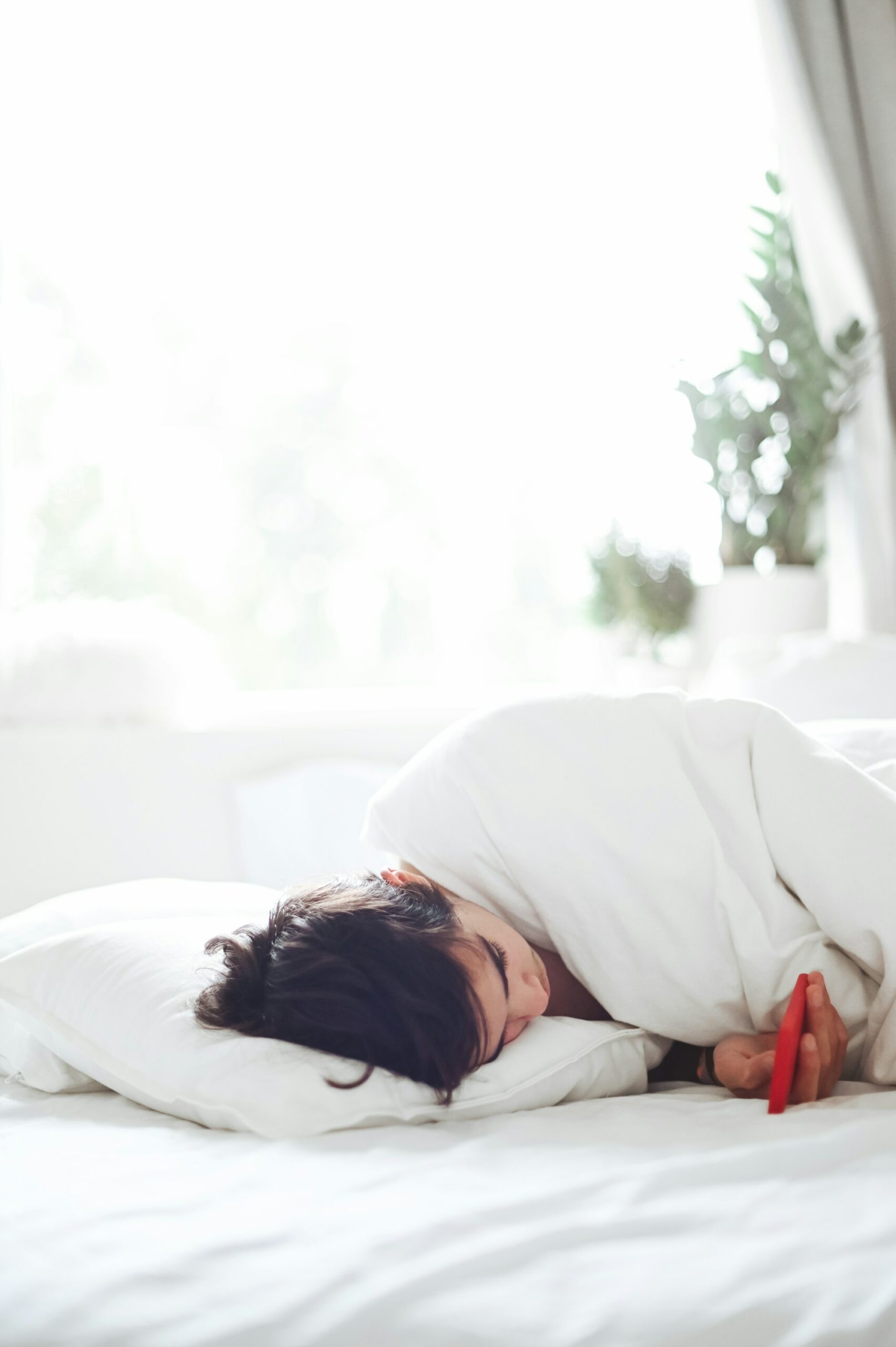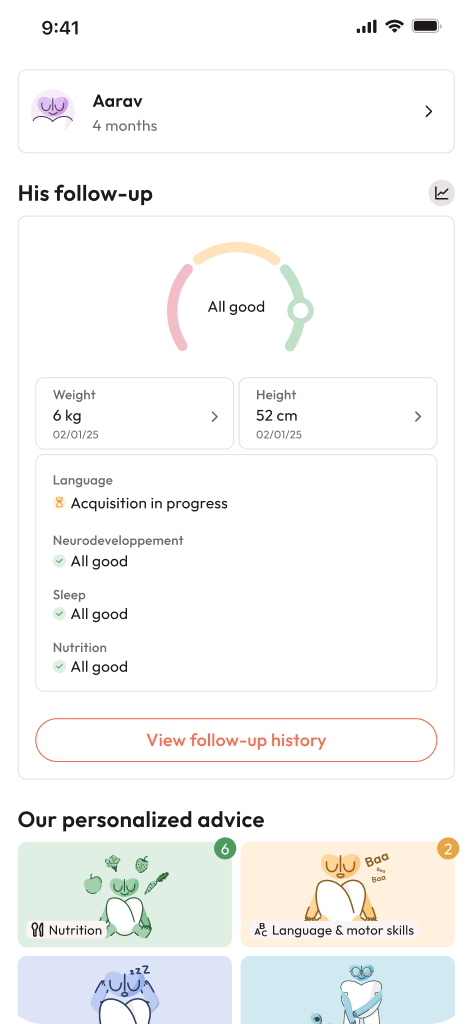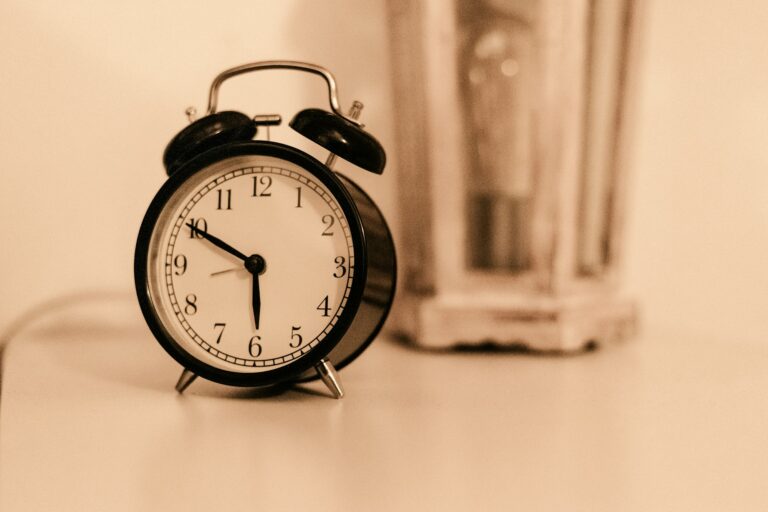Navigating the labyrinth of adolescent sleep often feels like chasing shifting shadows—one moment your teenager dozes off at the dinner table, the next, they are alert far past midnight, scrolling through social feeds. Is it sheer defiance, an inevitable side effect of board exam stress, or something deeply biological woven into adolescence? For many parents, questions spiral: Why does the sleep schedule drift later and later? How much rest does a teen’s developing brain truly demand? With school start times at odds with natural sleep rhythms and the lure of late-night screen time ever-present, finding balance can seem elusive. Still, scientific understanding combined with practical strategies can help you guide your adolescent toward healthier sleep—and, just as importantly, help you worry less. This exploration shines a light on the science of adolescent sleep, the surprising interplay of hormones, technology, and social routines, and what proactive steps truly make a difference.
The Changing Landscape of Adolescent Sleep: Biology and Beyond
Circadian Clocks and the Sleep Phase Delay
At the heart of adolescent sleep sprawls an intriguing biological circadian rhythm transformation. Once puberty gets underway, the body’s master clock—tucked away in the suprachiasmatic nucleus of the brain—begins shifting, nudging teens toward chronically later bedtimes. Why does this happen? The secretion of melatonin, the hormone inducing sleepiness, starts later in the evening, and—crucially—dissipates slowly at dawn. The result: adolescents simply don’t feel naturally sleepy until much later, and waking up early for school becomes a genuine struggle, unrelated to motivation.
As if this delayed sleep phase wasn’t complex enough, the pressure to sleep, regulated by chemicals like adenosine, also builds more slowly in adolescence. What does this mean practically? Teenagers can stay up—even thrive—later at night, yet mornings transform into a daily battle, alarm clocks met with groggy frustration. Add to this the physiological reality: the developing adolescent brain still needs 8 to 10 hours of high-quality sleep, a need every bit as valid at 17 as it was at 11.
Anatomy of a Good Night’s Sleep
Wondering what makes adolescent sleep restorative? Each night is orchestrated by 5–6 sleep cycles, each spanning 90 to 120 minutes. Within these cycles, the architecture of sleep unfolds:
- Non-REM Deep Sleep (15–20%): Foundation for physical growth, tissue repair, and hormone release (like growth hormone and insulin; both pivotal for metabolism and cellular recovery). The immune system springs into heightened action here—sleep losses at this stage easily manifest as weakened immunity and impaired healing.
- REM Sleep (20–25%): The playground for dreams, emotional balance, and memory consolidation. Intense brain activity here is anything but restful—this is where learning, processing, and emotional buffering transpire.
Every cycle ticks to its own rhythm, ending in micro-awakenings—fleeting, almost always forgotten by morning. Miss out on this choreography regularly and the toll on both body and mind is significant.
Sleep Patterns Across Adolescence
Why do weekend lie-ins feel so necessary, yet leave teens more groggy on Monday? The phenomenon of “social jet lag” comes into play: extended evening wakefulness and later wake times disrupt the biological clock, creating a sensation akin to perpetual travel between time zones. During the week, most Indian teens scrape by on less than 7 hours, with sleep debts quietly accumulating. Come Saturday, that debt is “repaid” with longer sleep, but the out-of-sync schedule only deepens weekday exhaustion. It’s a physiological tug-of-war—school structure versus biological wiring.
Influences on Adolescent Sleep: Biology, Technology, and Daily Life
Hormonal and Brain Changes
The intensity of hormonal flux during puberty transforms how sleep is regulated. Melatonin release delays, brain maturation accelerates, and the pruning of unused connections demands restorative slumber. These processes—often invisible yet relentless—explain why drama, mood swings, and irritability peak with poor sleep. Memory, attention, and even impulse control ride on a good night’s rest.
Lifestyle and Environmental Pressures
Academic deadlines pile up; WhatsApp groups buzz deep into the night; ambitions in sports and music command late-evening training. All the while, digital devices flash with notification after notification, threading bright blue light (which suppresses melatonin) directly into the falling-asleep circuitry of the brain.
Add to this the insomnia-fueling power of emotional arousal—pre-exam worry, relationship troubles, or even the thrill of the next cricket final—and sleep quickly gets squeezed into shorter, more fragmented windows.
Even physical activity, though broadly beneficial, can be a double-edged sword. While morning exercise helps anchor circadian rhythms, late-evening workouts—by raising core body temperature—may delay sleep onset further.
The Technological Dilemma
Evening screen time is the silent saboteur of adolescent sleep. Smartphones, streaming, and gaming not only delay bedtime, but also fill the brain with stimulating content, making it harder to wind down. Exposure to blue light disrupts melatonin, forces the circadian clock even later, and together with digital social life, carves deep ruts in sleep patterns.
A simple intervention—turning off devices an hour before bed—can work wonders, yet often feels like an uphill battle in the face of peer pressure and connectivity demands.
The Social Clock: Weekend Catch-Up, Social Jet Lag, and Parental Boundaries
Weekdays run on a clock set by school timetables; weekends, however, belong to a different rhythm altogether. Adolescents often shift bed and wake times by more than 1.5 hours between school days and weekends—a phenomenon mirroring regular flights between cities in different time zones. This volatility confuses the body clock, leading to poorer sleep during the week and grogginess on “restart” mornings.
Parental influence isn’t insignificant. Where regular boundaries are set—screen-free bedrooms, consistent lights-out routines, and wind-down rituals—sleep outcomes markedly improve. Adolescents may rebel, of course, but studies consistently show that teens with parental support around sleep habits enjoy better mood, academic outcomes, and fewer risky behaviours.
Adolescent Sleep and Its Impact on Wellbeing
Academic Performance and Cognitive Health
Concentration, memory, judgement, reaction time—all ride the unpredictable tides of adolescent sleep. Chronic deprivation chips away at grades, precision, and emotional control. More subtle yet worrying—persistent short sleep is associated with long-term changes in brain structure, including the regions responsible for executive function and emotional processing.
Mental and Emotional Health
Restless nights magnify emotional turbulence, sharpening irritability, mood swings, anxiety, and even symptoms of depression. For the developing adolescent brain, adequate sleep is a buffer: a daily recalibration of emotional regulation and resilience. Without it, impulsive behaviour, risk-taking, and emotional volatility become all too common.
Physical Health and Behaviour
How does sleep loss show up in the body? The answer is broad-ranging—weight gain, dampened metabolism, weakened immunity, and more frequent injuries. A worrying pattern: less than 7 hours of rest regularly links with unhealthy dietary choices and susceptibility to substance experimentation. Daytime sleepiness, particularly behind the wheel or during class, raises the risk of accidents and poor academic engagement.
Recognizing and Managing Adolescent Sleep Disorders
Delayed Sleep Phase Syndrome and Other Disorders
It’s not just “bad habits”—some issues are medical. Delayed Sleep Phase Syndrome—when natural sleep and wake times drift far outside social norms—affects roughly 7% of teens. Others grapple with insomnia, restless legs syndrome (a persistent urge to move the legs at night), or even obstructive sleep apnea (where breathing repeatedly pauses during sleep). The warning signs? Frequent naps, trouble concentrating, dozing off mid-task, and persistent morning grogginess.
Approaches vary—light therapy to reset the body clock, cognitive-behavioural interventions for insomnia, or specialist evaluation for suspected sleep apnea. Persistent problems deserve professional guidance.
Supporting Sustainable Adolescent Sleep: Practical Advice for Parents
Daily Routines and Consistent Schedules
Consistency is the unsung hero of healthy adolescent sleep. Support your teen in maintaining similar bed and wake times daily—even across weekends. It’s tempting to let them “catch up” with marathon lie-ins, but this only amplifies the social jet lag effect. Evening routines—dimming lights, warm showers, gentle music, quiet conversation—gently cue the body toward sleep.
Technology and Environment
Advocate for device-free time before bed. Store phones and tablets outside the bedroom, encourage reading or soft music as alternatives, and create an environment that is dark, cool, quiet, and inviting. Reserve the bed for sleep, not homework or snacking, and shield the room from excess light or street noise.
Family Routines and Parental Support
Shared mealtimes, collective wind-down rituals, and even mutual screen breaks can anchor the family’s rhythm to healthier sleep. Open communication about struggles—without judgement or pressure—opens doors for support. Where possible, avoid scheduling late-night commitments before school days, and encourage physical activity in daylight hours.
Advocacy: School and Community
The debate around later school start times is growing, and for good reason. When implemented, a shift to 8:30 am or later aligns more closely with the biological realities of adolescent sleep, resulting in better performance and wellbeing. If change is possible within your community, parental voices are powerful in advocating for reform.
When to Seek Professional Help
Persistent sleep issues—whether insomnia, extreme daytime sleepiness, or suspected sleep apnea—require medical attention. Cognitive Behavioural Therapy for Insomnia (CBT-I), judicious use of melatonin supplements (always under medical supervision), and other clinical interventions can provide relief and reset the sleep cycle.
Myths and Realities Around Adolescent Sleep
- “Sleeping in on weekends fixes weekday deprivation.” It feels satisfying but disrupts routine further. Regular, stable bed and wake times are far more effective than fluctuating between extremes.
- “Later school starts promote laziness.” In reality, they support adolescents’ unique biology and significantly improve learning and mental health outcomes.
- “Melatonin supplements are risk-free for teens.” Though generally safe short-term when supervised, the long-term profile is not fully established—professional oversight is always recommended.
Key Takeaways
- Adolescent sleep is steered by a mix of hormonal changes, social routines, and environmental pressures.
- Reliable, sufficient sleep is the bedrock of cognitive health, mood regulation, physical growth, and risk prevention in teenagers.
- Device use and unpredictable schedules are common disruptors—small, consistent changes make a genuine difference.
- Parental engagement, mutual routines, and clear boundaries foster better sleep habits and overall wellbeing.
- If you ever feel overwhelmed, or if sleep struggles seem persistent or severe, don’t hesitate to consult a healthcare professional.
- For tailored health guidance and free child health questionnaires, parents can download the application Heloa for ongoing support.
Questions Parents Ask
What are the warning signs that my teenager isn’t getting enough sleep?
Spotting sleep loss in teenagers isn’t always straightforward. If your teenager seems unusually irritable, frequently forgets assignments, or shows mood swings that arrive at odd hours, these can be subtle hints. Struggling to wake up, dozing off during family dinners or in front of the TV, and noticeable drops in academic performance are further signals that adolescent sleep needs aren’t being met. Consider gently adjusting routines and sleep settings—often small steps bring measurable improvements.
How many hours of sleep does a teenager truly need?
The adolescent brain is still actively developing, which means sleep requirements remain surprisingly high—8 to 10 hours nightly supports both body growth and mental processing. Some teenagers may claim they manage well with less, but a consistent 8 to 10 hours helps secure memory, emotional steadiness, and metabolic health. If your adolescent is not hitting that mark, try incremental changes in bedtime and see how it shifts their daily energy and concentration.
Are there any simple tips to help my teen fall asleep more easily?
Absolutely—routine is often the key. Keep screens out of bedrooms, create a calming hour before bed (think: warm shower, soft lighting, quiet reading), and maintain stable sleep and wake times—even on weekends. Encourage light, healthy snacks if needed, and remind your adolescent that their body and brain thrive when given a gentle cue that sleep is near. Each teenager is different, so explore a few strategies together to see what works best in your family’s home.









